Home>Garden Essentials>What Do Cardamom Seeds Look Like
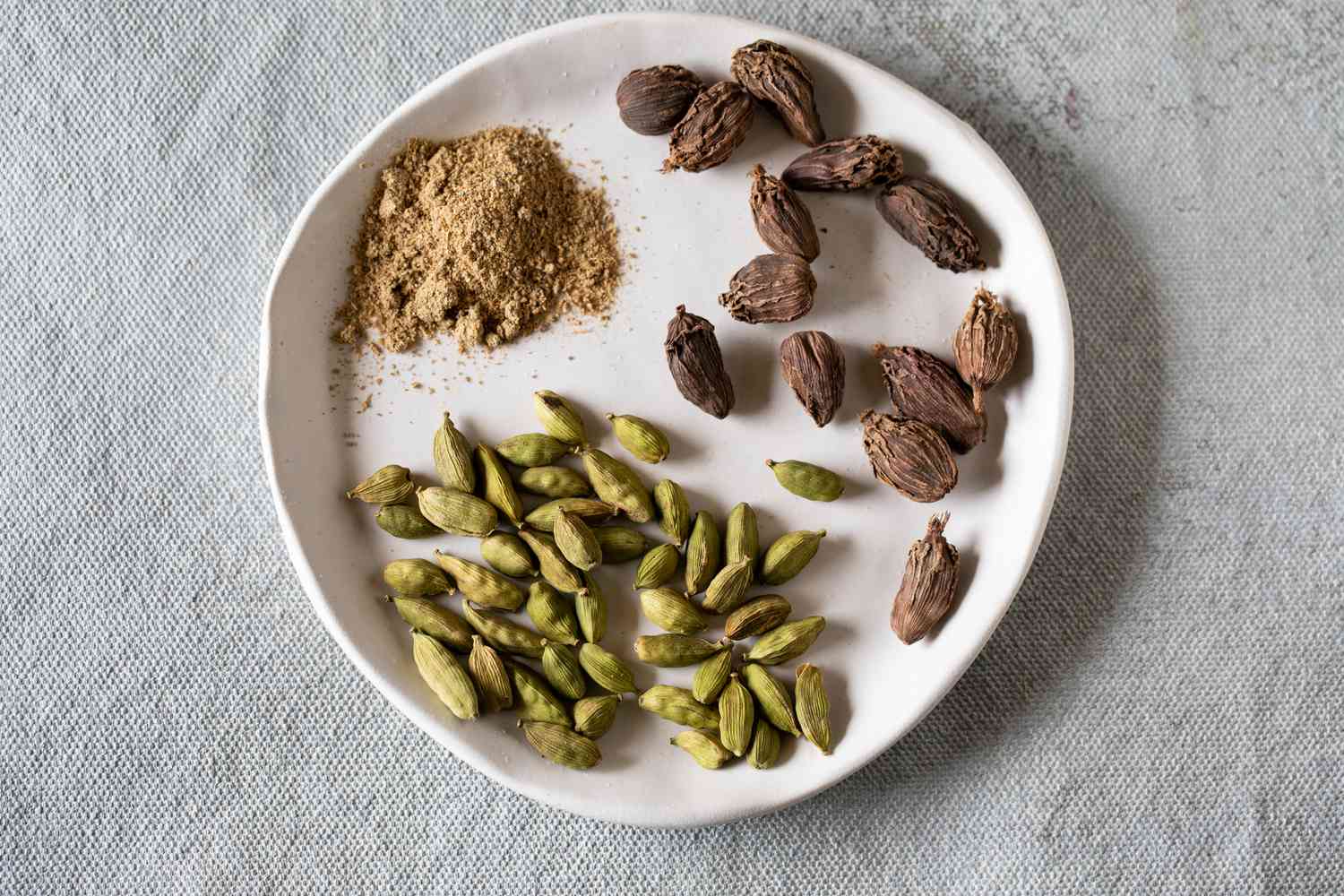

Garden Essentials
What Do Cardamom Seeds Look Like
Modified: March 15, 2024
Discover how cardamom seeds look like in your garden and learn how to grow and harvest this aromatic spice. Enhance your culinary skills with homegrown cardamom!
(Many of the links in this article redirect to a specific reviewed product. Your purchase of these products through affiliate links helps to generate commission for Storables.com, at no extra cost. Learn more)
Introduction
Welcome to the world of cardamom seeds! If you’re familiar with the aromatic and flavorful spice known as cardamom, you may be curious about the seeds from which it is derived. Cardamom, scientifically known as Elettaria cardamomum, is a popular spice used in various cuisines and traditional remedies throughout the world. Its distinct taste and aroma make it a prized ingredient in both sweet and savory dishes. But have you ever wondered what these cardamom seeds actually look like?
In this article, we will delve into the intriguing world of cardamom seeds and explore their physical appearance. We’ll uncover the color, size, shape, texture, and aroma of these small yet mighty seeds. So, let’s embark on this visual journey and uncover the secrets of cardamom seeds!
Key Takeaways:
- Cardamom seeds are small, oval-shaped, and have a rich brown color. They have a smooth texture and emit a sweet, citrusy, and slightly spicy aroma, making them a sensory delight in cooking and baking.
- The rich brown color, small size, and unique oval shape of cardamom seeds make them visually appealing and easy to handle. Their smooth texture blends seamlessly with other ingredients, and their delightful aroma adds a unique flavor to dishes.
Read more: What Do Alfalfa Seeds Look Like
Definition of Cardamom Seeds
Before diving into the physical characteristics of cardamom seeds, let’s first understand what exactly they are. Cardamom seeds are the small, oval-shaped seeds found within the pods of the cardamom plant. These seeds are the primary source of the distinct flavor and aroma that cardamom imparts to dishes.
Cardamom seeds belong to the Zingiberaceae family, which includes other popular spices like ginger and turmeric. They are native to the Indian subcontinent and are widely cultivated in countries such as India, Sri Lanka, Guatemala, and Tanzania. These seeds have been used for centuries in traditional medicine and culinary applications.
When the cardamom pods ripen, they turn from green to a pale yellow or brown color. That’s when the pods are harvested to extract the seeds. These seeds are then dried, either through natural drying or by using specialized drying techniques. Once dried, the pods are cracked open, and the seeds are carefully separated.
It’s important to note that cardamom seeds are the source of the spice, while the pods themselves are also used in cooking. The pods have a milder flavor and are often left intact in recipes, allowing the seeds to infuse their unique taste into the dish.
Now that we have a better understanding of what cardamom seeds are, let’s move on to exploring their physical appearance.
Physical Appearance of Cardamom Seeds
Cardamom seeds have a distinctive appearance that sets them apart from other spices. Let’s take a closer look at their color, size, shape, texture, and aroma.
Color
Cardamom seeds have a rich brown color, ranging from light to dark brown. This color is a result of the drying process they undergo after being extracted from the pods. The outer covering of the seeds, known as the seed coat or husk, contributes to this brown color, while the inner part of the seed is lighter in color.
Size and Shape
Cardamom seeds are small and oval-shaped, measuring about 4-6 millimeters in length. Their shape is reminiscent of a miniature football, with a slightly tapered end. They are relatively tiny compared to other seeds and spices, yet they pack a punch when it comes to flavor.
Read more: What Do Garlic Seeds Look Like
Texture
The outer surface of cardamom seeds is smooth and shiny, providing a pleasing tactile sensation when held or touched. The seed coat has a thin, papery texture that adds to the overall appeal of these seeds.
Aroma
One of the most captivating aspects of cardamom seeds is their enticing aroma. When you bring the seeds close to your nose, you’ll be greeted with a warm and fragrant scent. The aroma of cardamom seeds is often described as being sweet, citrusy, and slightly spicy. It’s this distinct aroma that makes cardamom an indispensable ingredient in many cuisines worldwide.
Now that you have a clear picture of the physical appearance of cardamom seeds, you can better appreciate their uniqueness and understand why they are prized in the culinary world. Whether you’re grinding them to use in a curry or infusing them in a hot cup of chai tea, these small seeds add a delightful touch to any dish.
Color of Cardamom Seeds
The color of cardamom seeds is an important aspect of their physical appearance. Understanding the color variations can give you insights into their quality and freshness.
Cardamom seeds typically have a rich brown color. However, the shade of brown can vary depending on several factors, including the species, growing conditions, and processing methods.
Freshly harvested cardamom seeds are initially greenish-brown in color, as they are still enclosed within the green cardamom pods. As the pods ripen and mature, they turn pale yellow or brown. This is the stage when the pods are typically harvested to obtain the seeds.
Once the pods are cracked open and the seeds are separated, they undergo a drying process. This drying process contributes to the development of the characteristic brown color of the seeds. The longer the seeds are dried, the darker the brown color becomes.
It’s worth noting that the color of cardamom seeds can also be influenced by the roasting process. In certain cuisines and culinary practices, cardamom seeds are dry roasted to enhance their flavor and aroma. This roasting process can result in the seeds acquiring a slightly darker brown color.
When purchasing cardamom seeds, it’s important to ensure that they have a consistent and uniform brown color. This indicates that the seeds are properly dried and of good quality. Avoid seeds with any discoloration or spots, as these may indicate mold or spoilage.
In some cases, you may come across cardamom seeds that have a lighter brown color or even a reddish hue. These variations in color are typically due to differences in the species or regional variations. They still retain the characteristic flavor and aroma of cardamom, so don’t hesitate to use them in your culinary endeavors.
Now that you know about the color variations in cardamom seeds, you can appreciate the beautiful and distinct brown hue that they possess. Whether you’re using them in savory dishes, sweet treats, or a comforting cup of tea, the rich color of cardamom seeds adds an inviting touch to your culinary creations.
Size and Shape of Cardamom Seeds
Cardamom seeds are known for their small size and unique oval shape. Let’s explore more about their size and shape in detail.
Cardamom seeds are relatively tiny compared to many other seeds that you may come across. On average, they measure around 4-6 millimeters in length. However, it’s important to note that the size can vary slightly depending on the species and growing conditions.
When it comes to shape, cardamom seeds have an oval shape that is often likened to a miniature football. They have a slightly elongated and curved silhouette, with tapered ends. This shape gives them a distinctive appearance that sets them apart from other seeds.
The oval shape of cardamom seeds is not only aesthetically pleasing but also functional. It allows them to fit snugly within the cardamom pods, ensuring that they are protected and properly contained. This unique shape also makes it easier to handle and work with these small seeds.
While cardamom seeds are generally uniform in size and shape, you may occasionally come across some variations. Sometimes, the seeds can be slightly larger or smaller due to factors like genetics or growing conditions. However, these variations in size do not significantly affect their flavor or culinary use.
It’s worth noting that the size and shape of cardamom seeds can also influence how they are used in recipes. For example, if you’re using whole cardamom seeds in a dish, their small size allows them to infuse their flavor evenly throughout the preparation. On the other hand, if you’re grinding the seeds, their shape makes them easier to break down into a fine powder.
Now that you’re familiar with the size and shape of cardamom seeds, you can appreciate their petite yet distinctive nature. Whether you’re adding them to a curry or incorporating them into a baked treat, cardamom seeds bring their unique charm to your culinary creations.
Read more: What Do Salvia Seeds Look Like
Texture of Cardamom Seeds
The texture of cardamom seeds is one of the factors that make them intriguing and enjoyable to work with. Let’s dive into the details of their texture and explore why it adds to the overall experience of using cardamom in cooking and baking.
When you hold a cardamom seed between your fingers, you’ll notice that its outer surface is smooth and shiny. The seed coat, which is the thin outer layer of the seed, contributes to this smooth texture. The seed coat protects the inner part of the seed and helps retain its flavor and aroma.
The smooth texture of cardamom seeds enhances their appeal both visually and tactilely. When incorporating these seeds into your recipes, you’ll find that their smoothness allows them to blend seamlessly with other ingredients. It also makes them easy to handle and work with, especially when it comes to grinding or crushing them to bring out their full flavor.
While the outer surface of cardamom seeds is smooth, the inner part has a slightly granular texture. This texture adds a subtle element of interest to the seeds, making each bite or infusion more delightful. When you bite into a recipe that includes cardamom seeds, you may notice this gentle texture, which further enhances the overall sensory experience.
It’s important to note that cardamom seeds have a papery texture. This thin, delicate texture is a result of the drying process that the seeds undergo after being extracted from the pods. This paper-like texture can be both appealing and practical, as it allows the seeds to release their flavor more easily when added to dishes.
The texture of cardamom seeds plays a significant role in their culinary applications. Whether you’re crushing them to create a spice blend or adding them whole to a recipe, their texture contributes to the overall mouthfeel and taste of the dish.
Now that you’re familiar with the texture of cardamom seeds, you can appreciate their smooth and delicate nature. Whether you’re using them in savory recipes like curries or sweet treats like cookies, cardamom seeds contribute not only in flavor but also in their delightful texture.
Cardamom seeds are small, black, and oval-shaped. They have a slightly rough texture and are often found inside a green pod. When buying cardamom, look for seeds that are plump and aromatic.
Aroma of Cardamom Seeds
The aroma of cardamom seeds is one of the most captivating aspects of this incredible spice. Let’s explore the delightful fragrance that emerges when you encounter cardamom seeds.
When you bring a cardamom seed close to your nose, you’ll be greeted with a warm and inviting scent. The aroma of cardamom seeds is often described as being sweet, citrusy, and slightly spicy. It is a complex and aromatic profile that adds a distinct character to any dish or beverage.
The sweet notes in the aroma of cardamom seeds have a subtle floral undertone. This sweet scent is reminiscent of a combination of fragrant herbs and flowers. It adds a touch of sweetness to recipes and helps to balance out other flavors present in a dish.
In addition to the sweetness, cardamom seeds also carry a refreshing citrusy aroma. This citrus scent is reminiscent of lemons or oranges and adds a bright and lively note to the overall aroma. The citrusy element helps to uplift the flavors in a dish, making it more vibrant and enticing.
Cardamom seeds also possess a mild spiciness in their aroma. This spice note is not overpowering but rather adds a subtle warmth and depth to the scent profile. The spiciness enhances the overall complexity of the aroma and provides a gentle kick to the senses.
When used in cooking or baking, the aroma of cardamom seeds infuses the dish with its unique fragrance. Whether brewing a cup of chai tea or preparing a flavorful curry, the aroma of cardamom seeds fills the air and entices your taste buds.
It’s important to note that the aroma of cardamom seeds is more pronounced when they are freshly ground or crushed. This releases the essential oils present in the seeds, intensifying their fragrance. Therefore, it is best to grind cardamom seeds just before using them to fully enjoy their aromatic qualities.
Now that you’re acquainted with the captivating aroma of cardamom seeds, you can appreciate how this spice adds a delightful olfactory experience to your culinary creations. The sweet, citrusy, and slightly spicy notes come together to create a symphony of scents that elevate any dish to new heights.
Conclusion
Cardamom seeds, with their distinct physical characteristics and captivating aroma, hold a special place in the world of spices and flavors. From their rich brown color and small, oval shape to their smooth texture and enticing fragrance, these tiny seeds have a lot to offer.
The color of cardamom seeds, ranging from light to dark brown, adds a touch of warmth and visual appeal to any dish. Their small size and unique shape make them easy to handle and incorporate into recipes, whether ground or used whole.
When it comes to texture, cardamom seeds offer a smooth outer surface that blends seamlessly with other ingredients. Their inner granular texture adds a delightful element of interest, making each bite or infusion more enjoyable.
However, one of the most captivating aspects of cardamom seeds is their aroma. With its sweet, citrusy, and slightly spicy notes, the fragrance of cardamom seeds has the power to elevate any recipe. The aromatic profile fills the air and entices the senses, providing a truly delightful olfactory experience.
Whether you’re using cardamom seeds in savory dishes like curries and stews or incorporating them into sweet treats like cookies and cakes, their presence brings a unique and enticing flavor to the table.
In conclusion, cardamom seeds are much more than just a spice; they are a sensory delight. Their physical appearance, texture, and aroma all contribute to their allure and their versatility in the culinary world. So, the next time you reach for cardamom seeds, take a moment to appreciate their rich brown color, their small and distinct shape, their smooth and granular texture, and their enchanting fragrance. These little seeds truly are a treasure that can transform any recipe into something truly special.
Frequently Asked Questions about What Do Cardamom Seeds Look Like
Was this page helpful?
At Storables.com, we guarantee accurate and reliable information. Our content, validated by Expert Board Contributors, is crafted following stringent Editorial Policies. We're committed to providing you with well-researched, expert-backed insights for all your informational needs.
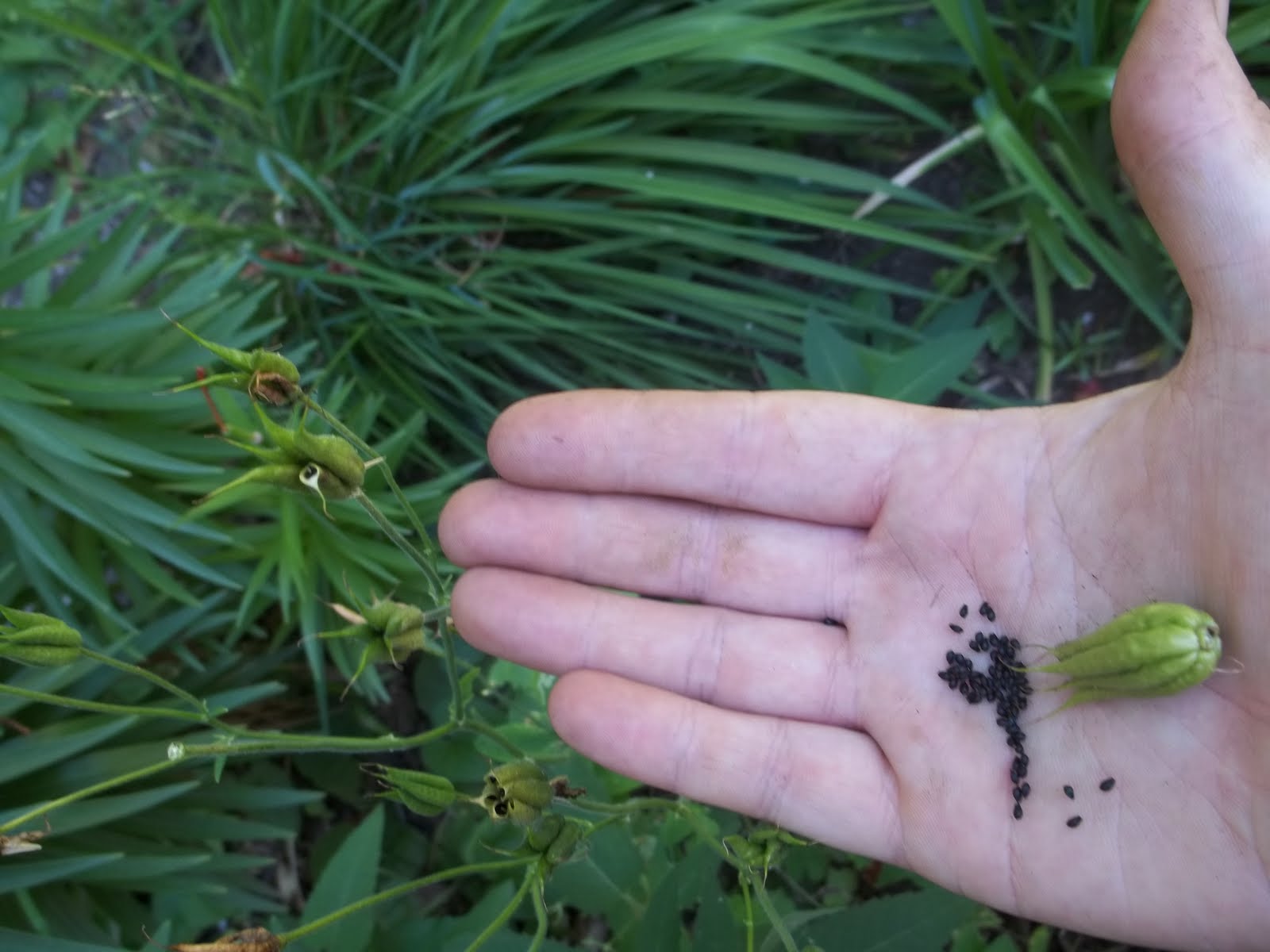
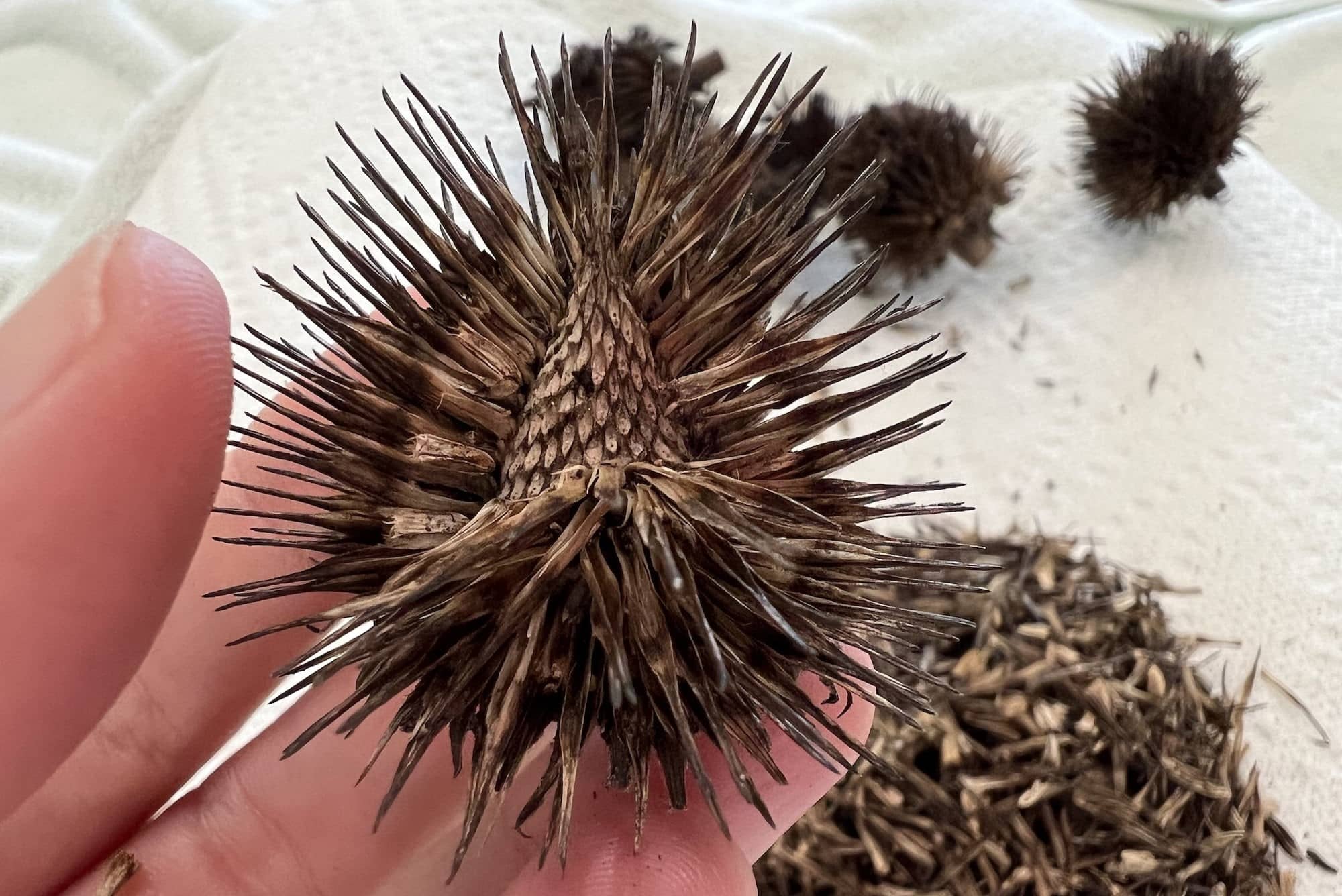
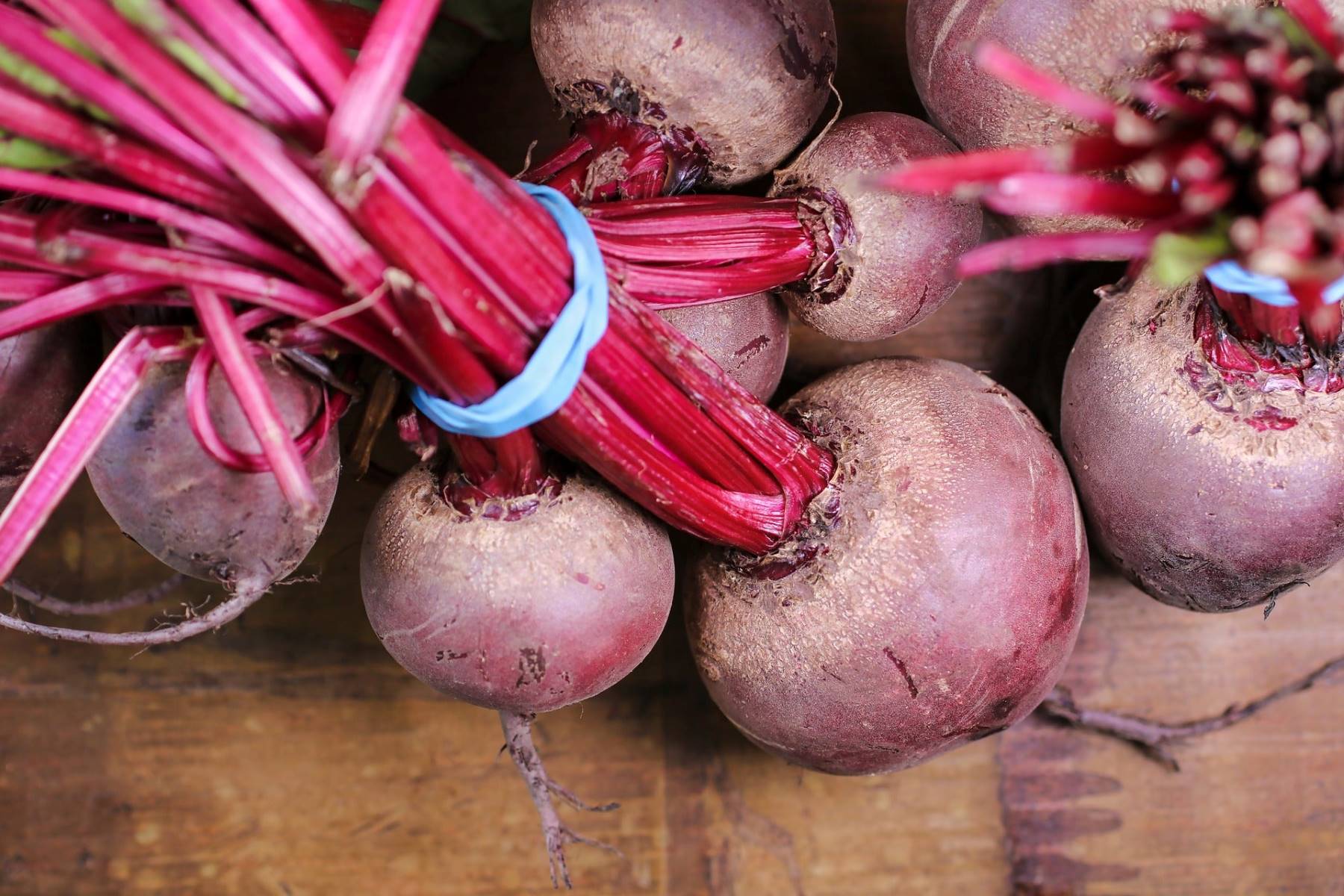
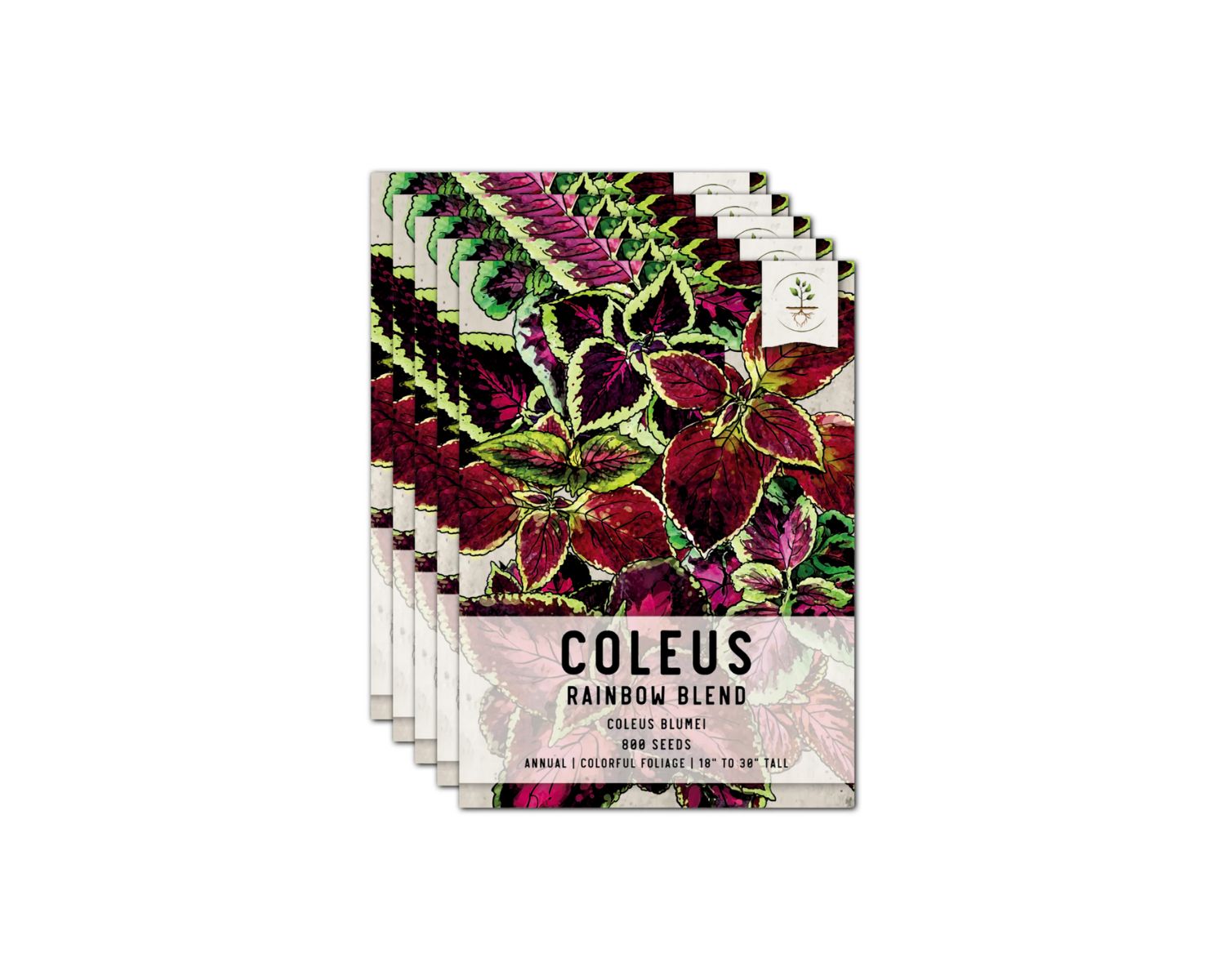
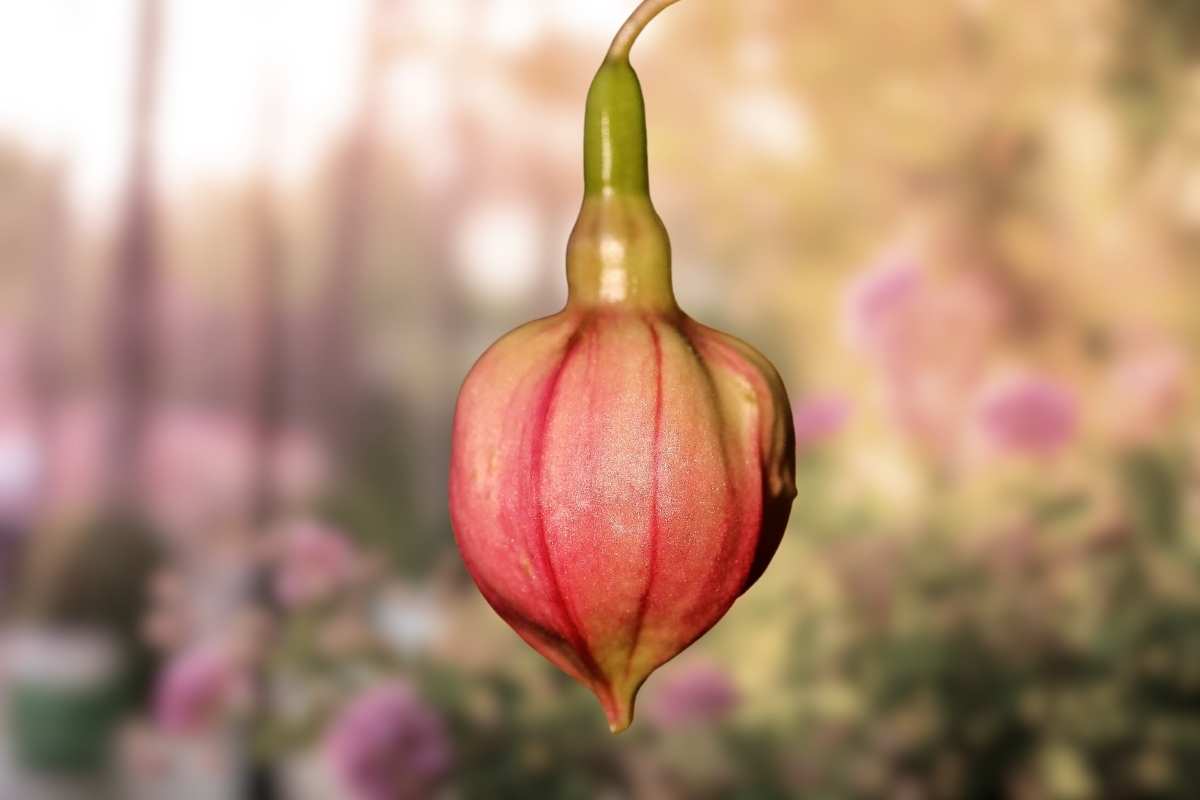
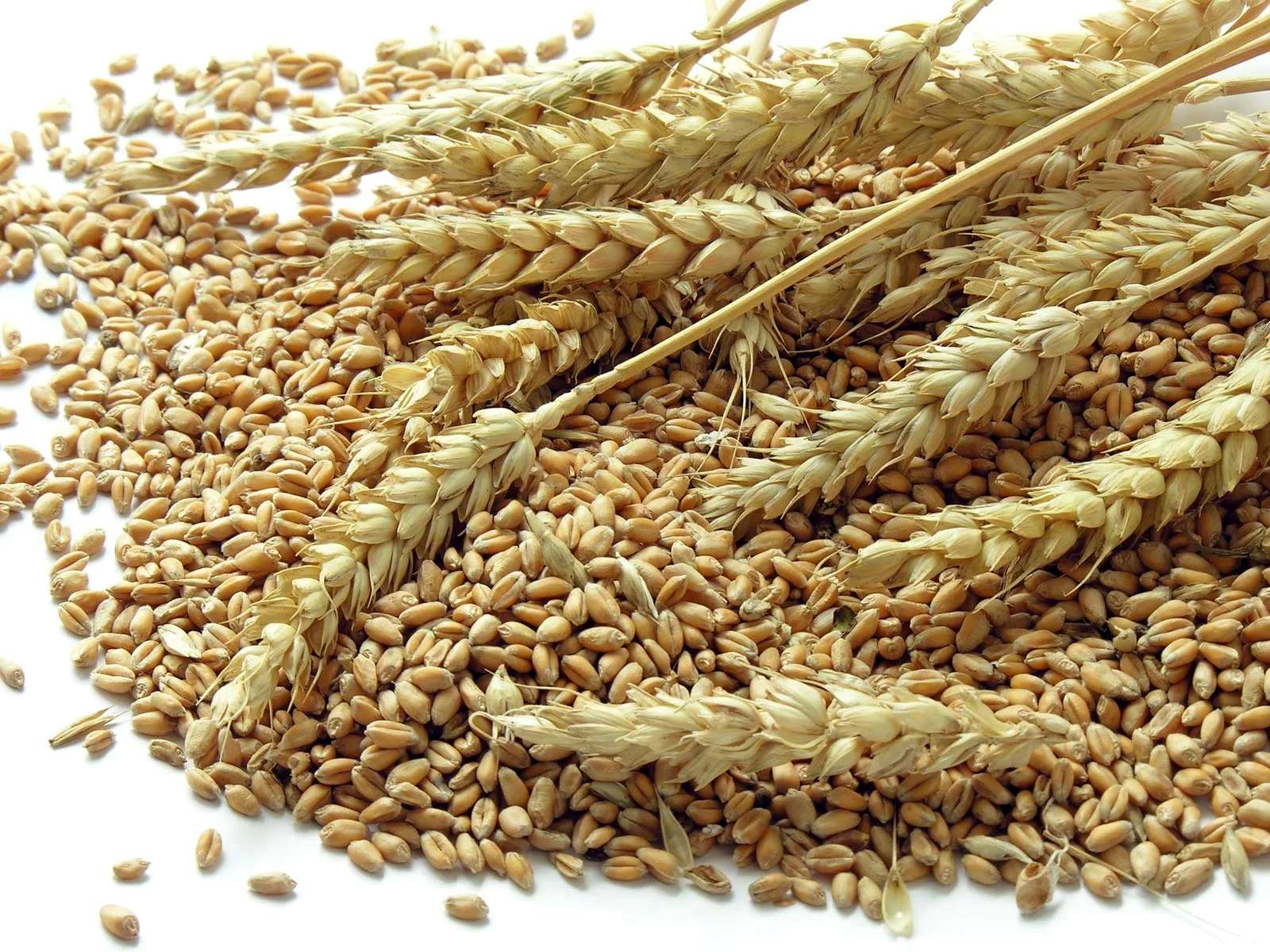
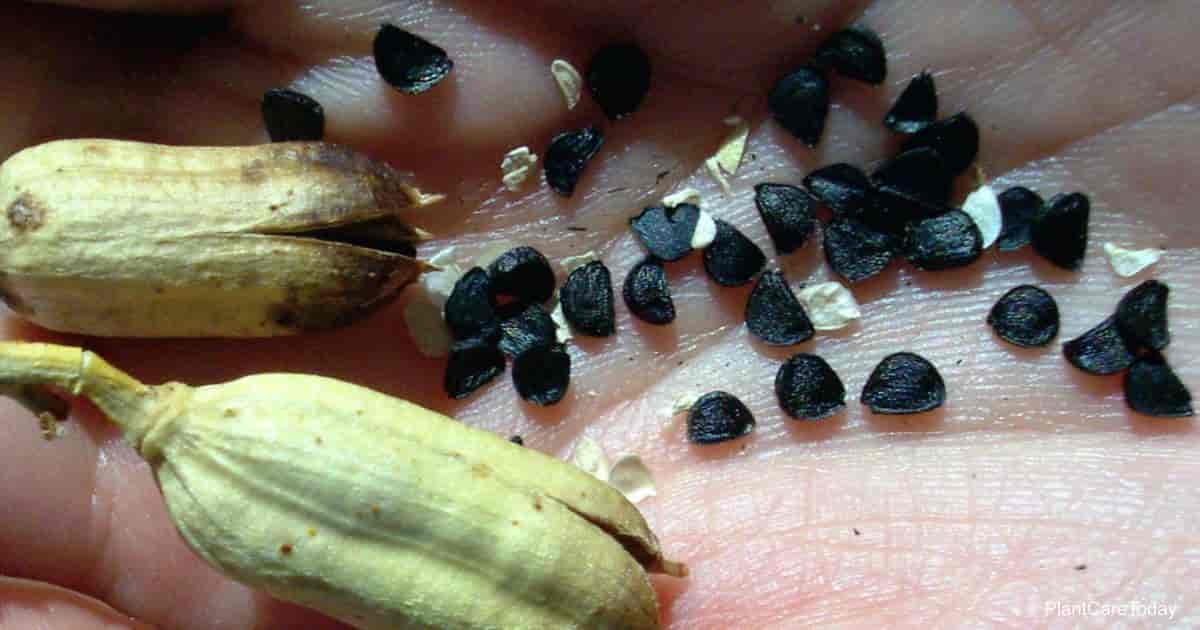
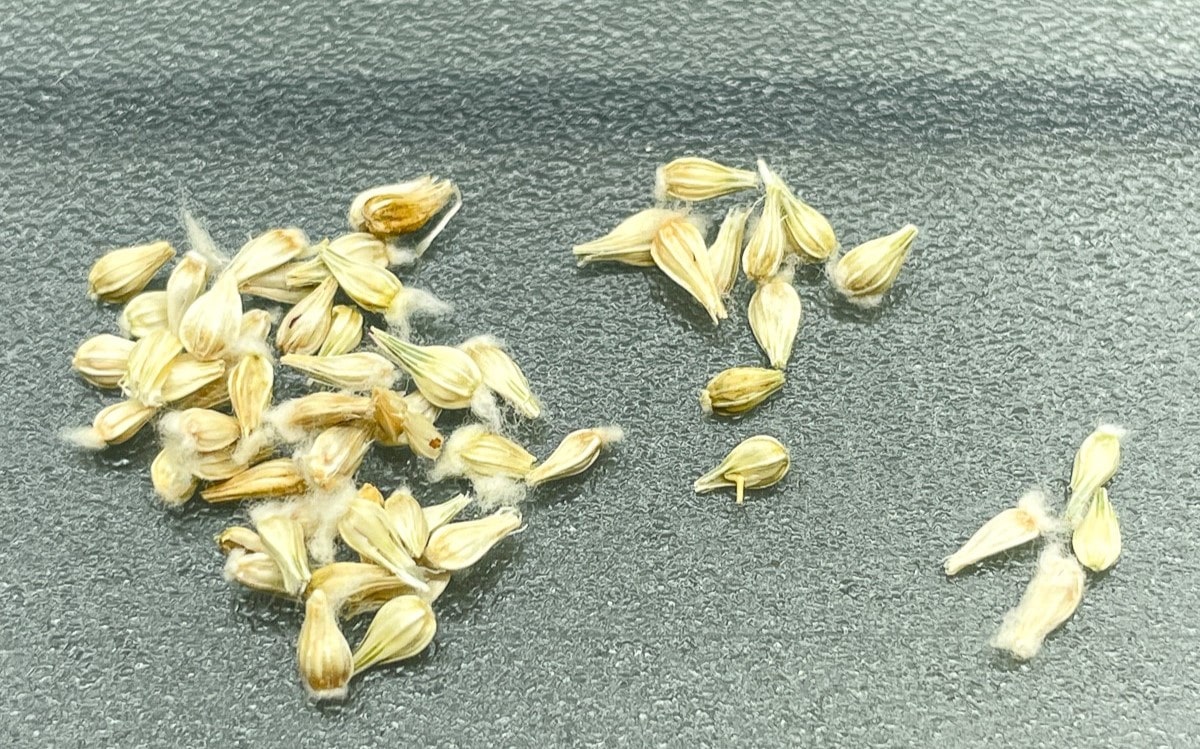
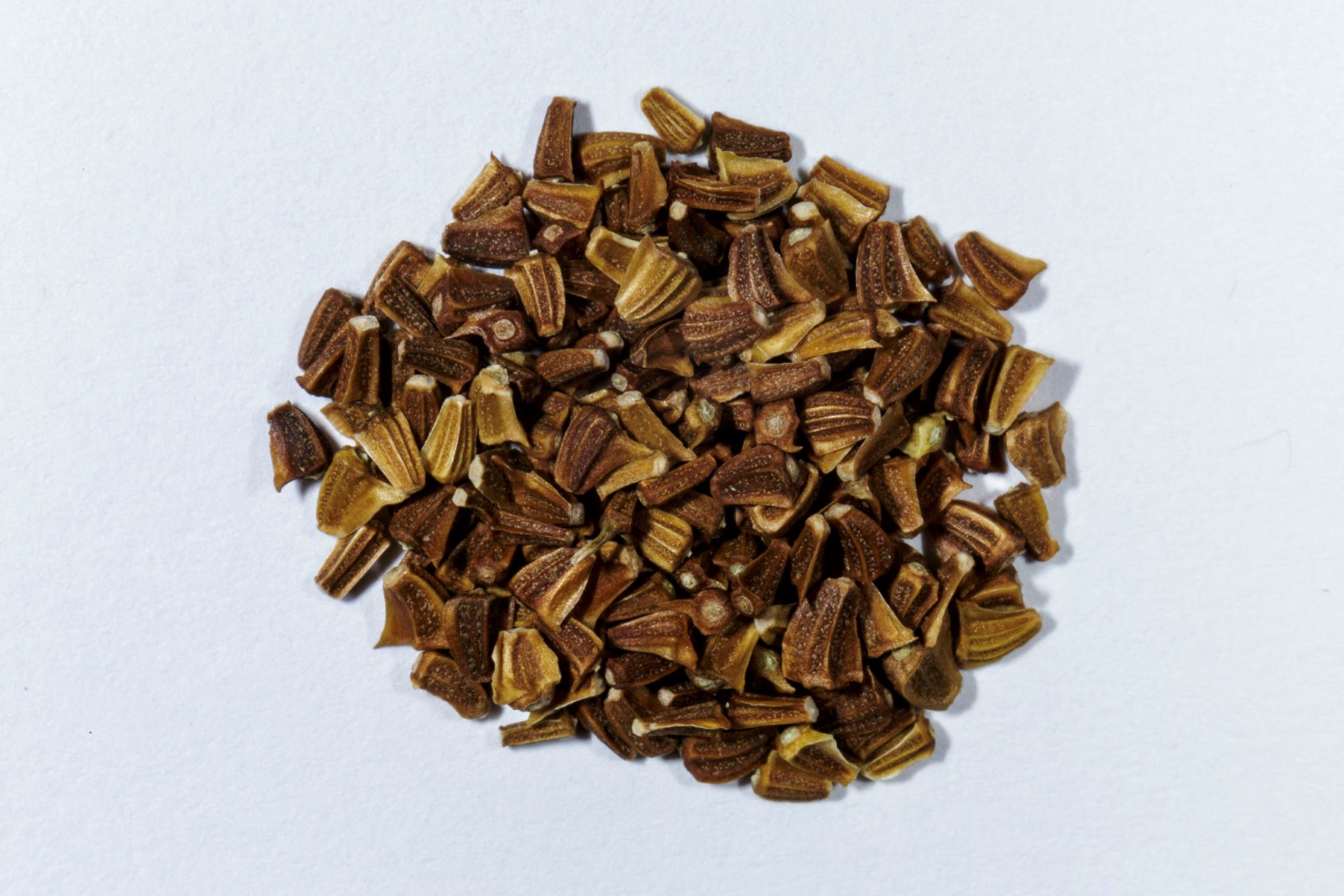
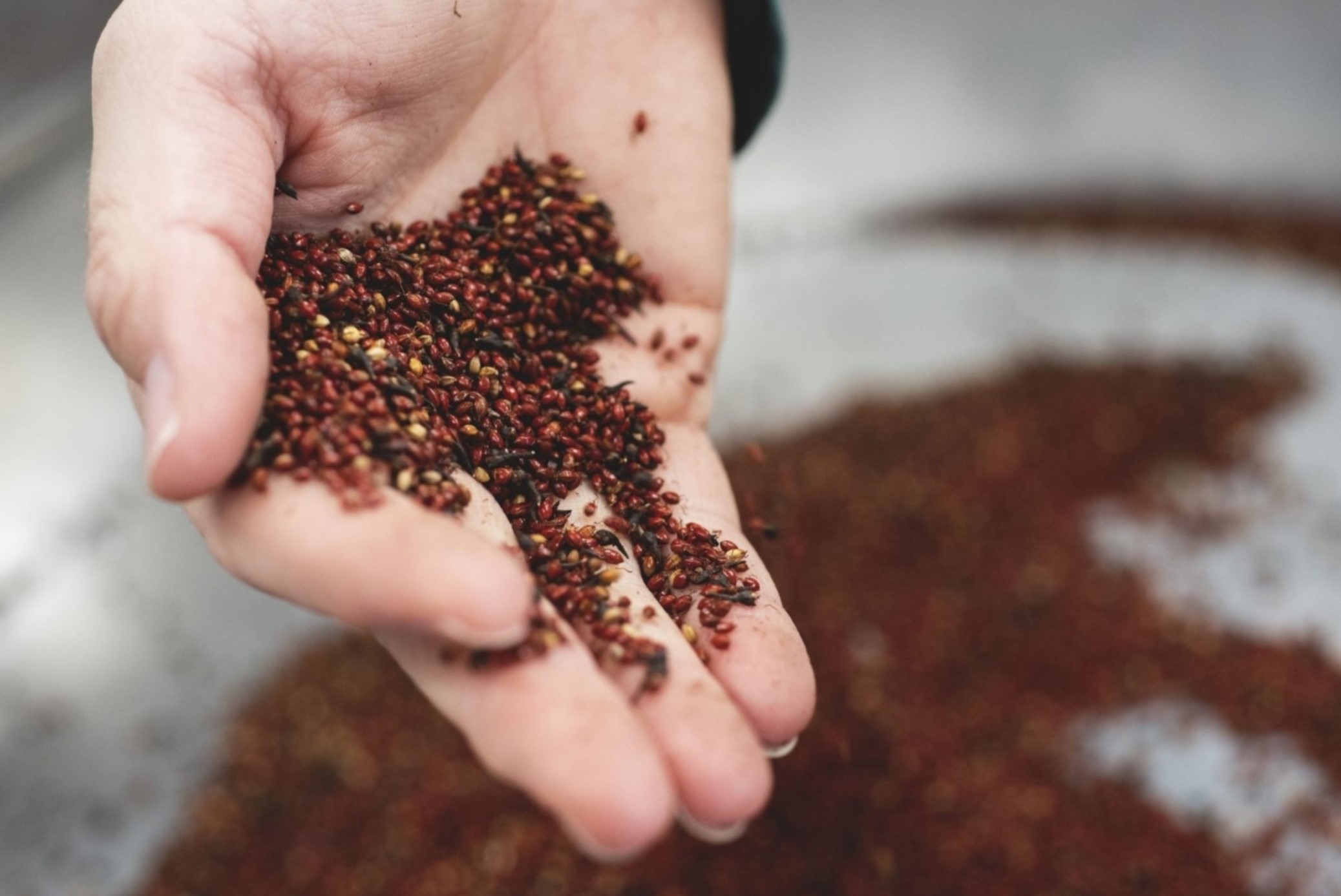
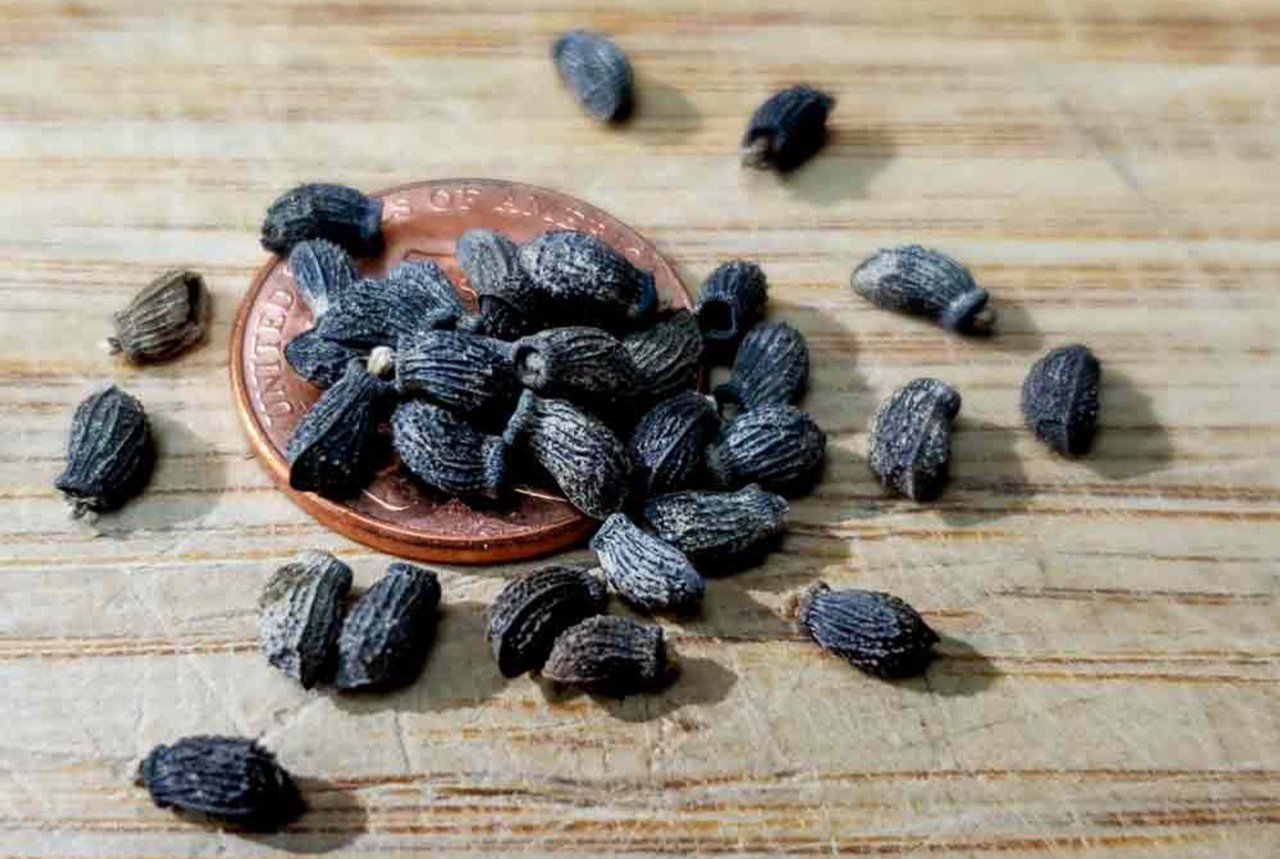
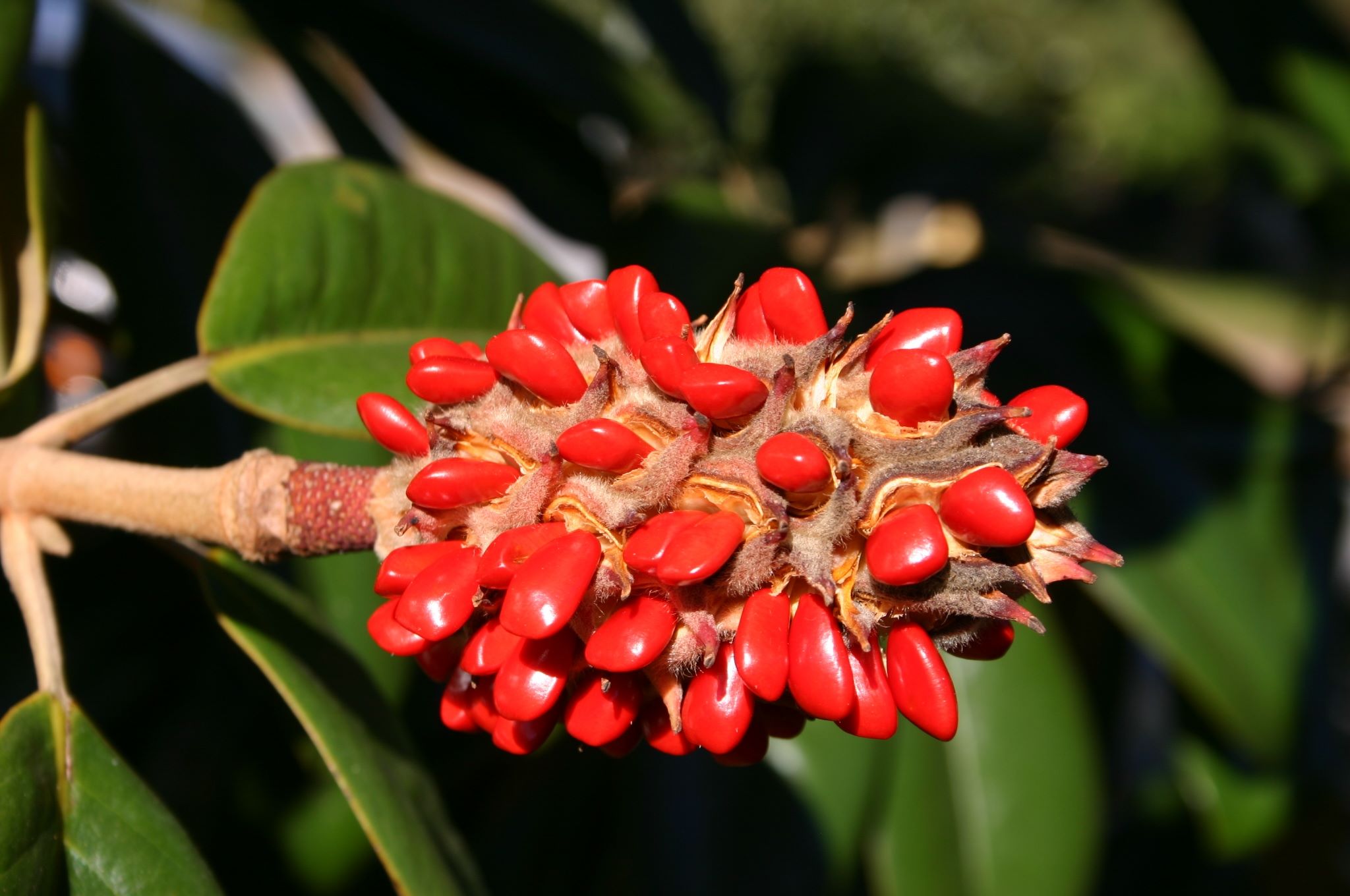
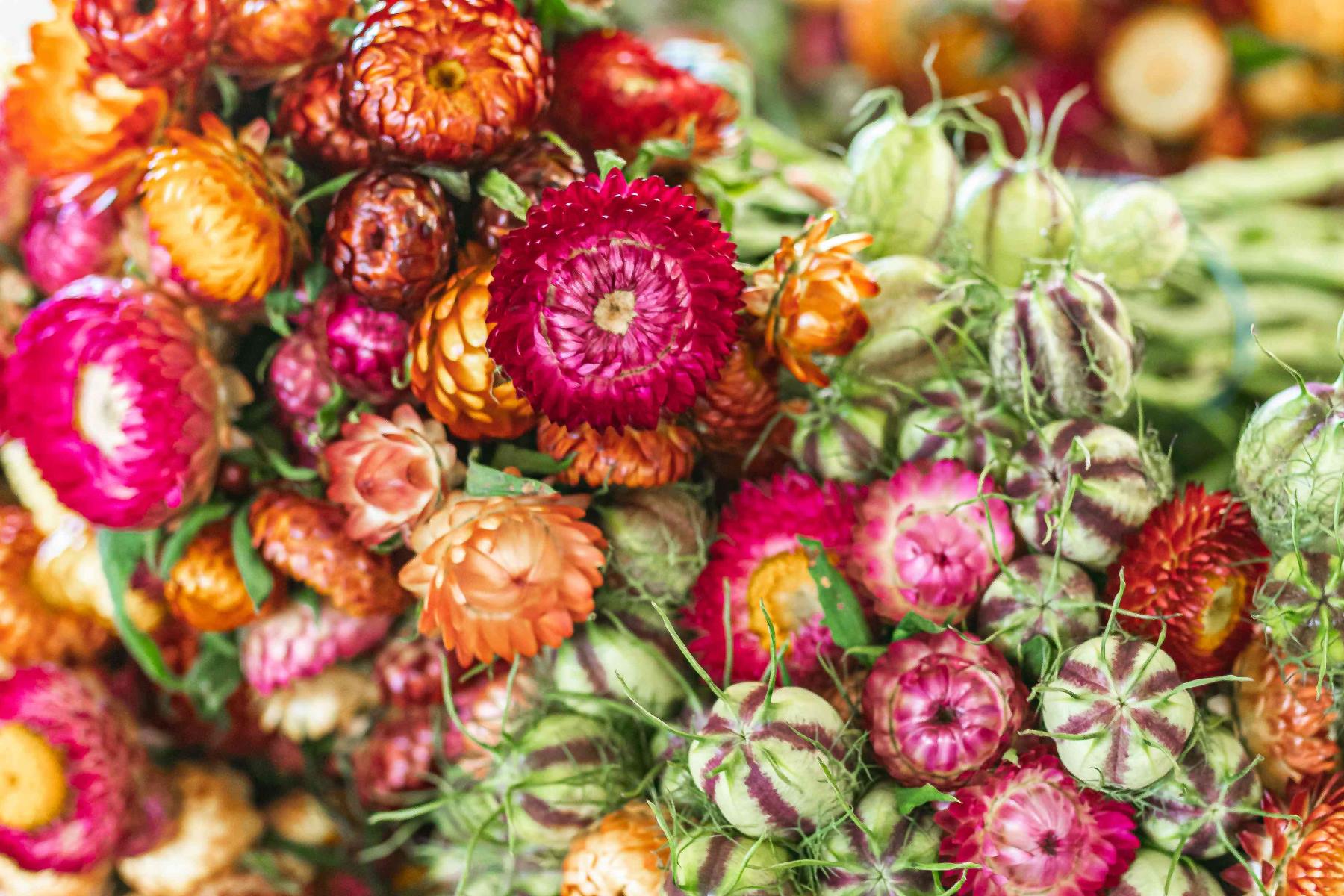

0 thoughts on “What Do Cardamom Seeds Look Like”